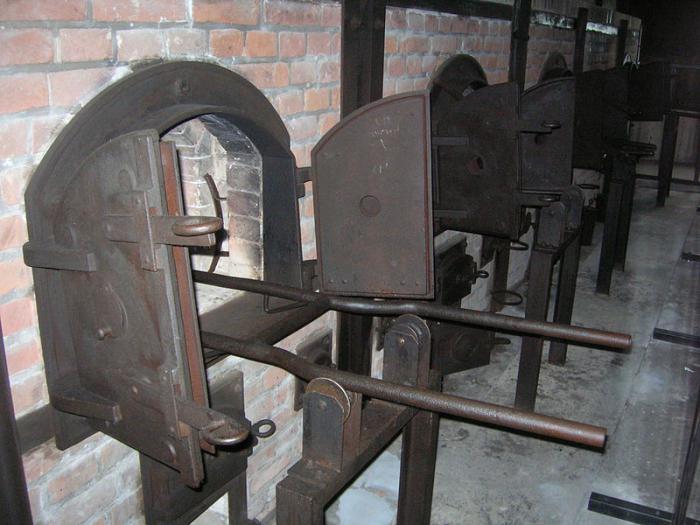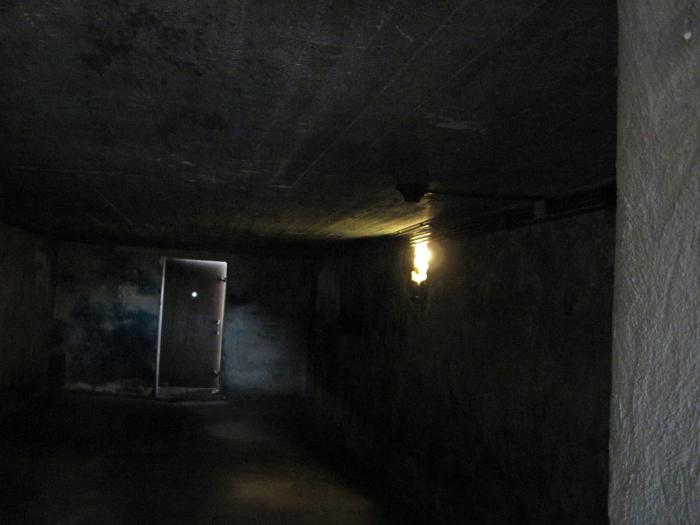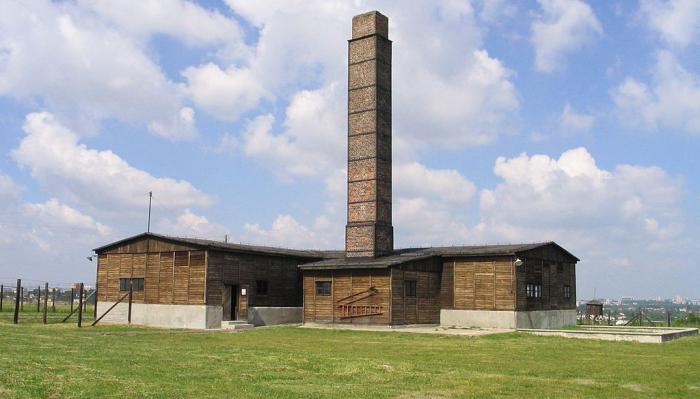The Majdanek Concentration Camp. Fascist concentration camps
The Second World War, however, like the First,has led to many deaths. However, not only the soldiers and officers died, but also innocent people who simply did not approach the Aryan type of appearance, for the purity of which the German dictator-tyrant Adolf Hitler fought so. Many people died in concentration camps at the hands of cruel executioners. One of the largest camps was called Majdanek, and it will be discussed.
Order
The Majdanek Concentration Camp was in the suburbsLublin, in Poland. He got his name from the Turkic word "square" (maidan). In fact, the construction of such camps began with the submission of Hitler, who instructed Heinrich Himmler, one of the top officials of the Third Reich, to establish total surveillance over the eastern territories captured by Germany.

The order on construction
The official order to set up the camp waswas given on July 20, 1941. It was on this day that Himmler announced the order to Globochnik during his visit to Lublin. The decree stated that it was necessary to create a camp that would accommodate about 25-50 thousand people who, in turn, would be occupied with the construction of SS department buildings and the German police. In fact, the construction of the complex was entrusted to Hans Kammler, who occupied one of the leading positions in the management of the budget and construction of the SS. In September, he ordered the creation of part of the concentration camp, which can accommodate at least 5 thousand people.

Construction of camps
Initially, the first of the camps was built onoutskirts of the city of Lublin, near the cemetery. Not everyone liked this location, and civil authorities began to protest, after which Globocnik moved him to another territory, about 3 km from the city. After that, the first prisoners of concentration camps arrived here.
Expansion of the territory
In November, Kammler ordered the expansion of the camp,first up to 125 thousand prisoners, and a month later - to 150. A few months later, and this capacity was not enough, so it was decided to re-equip the complex. Now Majdanek had to accommodate up to 250,000 Soviet prisoners, the number of which was constantly growing. However, Kammler's calculations were not meant to come true. The Majdanek Concentration Camp was expanded by another 20,000 places, and after that its construction was suspended.

Camp structure
The area of the camp was 95 hectares. All of its territory was divided into five sections, one of which was exclusively for women. The complex consisted of a number of buildings, among which were 227 workshops, factory and production, 22 barracks for prisoners of war and 2 administrative. In addition, Majdanek had ten branches, for example, Plashev, Travniki, Grubeshok and others. Prisoners of the camp were engaged in the production of uniforms and weapons in factories.
Prisoners
This concentration camp in Poland, only according to officialdata, became a temporary shelter for 300 thousand prisoners of war, of which about 40% were Jews, and 35% were Poles. Among the remaining prisoners there were many Russians, Ukrainians and Byelorussians. On the territory of this camp, about 80,000 people were murdered in the most severe manner, three quarters of whom were Jews. According to other sources, 1.5 million prisoners lived on the territory of Majdanek, and the number of victims reached 360 thousand.

By the time of the creation of this concentration camp, he had toto hold about 50 thousand prisoners, and in 1942 its capacity increased fivefold. He had ten branches and own production. The prisoners were exterminated, beginning in April 1942. The "gun" of death was gas "Cyclone B", which was also used in "Auschwitz." And in September 1943 the crematorium was launched.
Erntefest
About concentration camps there is a lot of evidence anddocumentation, but it is impossible to display on paper, how severe the operation "Erntefest", conducted in early November 1943, became. In German, this word refers to the "harvest festival", quite ironically, given what happened. In just two days on November 3 and 4, the SS police destroyed all Jews of the Lublin district, who were imprisoned in the concentration camps "Travniki", "Poniatov" and "Majdanek". According to various sources, in total, from 40 to 43 thousand people were killed.

This was a terrible mass murder. Prisoners were forced to dig trenches on their own, located near the camp. The length of one such ditch reached 100 meters, width 6, and depth 3 meters. On the morning of November 3, the Jews of the Majdanek and all the nearby camps were led to these trenches. The prisoners were divided into groups, ordered to lie down near the ditch in such a way that the next prisoner laid his head on the back of the previous one. About a hundred German SS representatives killed all these Jews with a shot in the back of their heads, passing along the rows. All the fascist concentration camps used the most severe measures for their prisoners, but these executions were simply inhuman. So the corpses found themselves in the trench in layers, one after another. The SS men repeated the violence until the entire ditch was filled. During the shooting, music played to drown out shots. When all the moats were already filled with corpses, they were covered with a small layer of earth, and then cremated.
Murder
Some scientists believe that the concentration camp"Majdanek" originally had only to accommodate Soviet prisoners of war. Although there is no documentary evidence for this version. Massacres began here a year after the completion of construction, and in 1943 this place has already become the official death camp. Here, with the exception of Operation Erntefest, gas chambers were predominantly used. For poisoning, first carbon monoxide was used, and later "Cyclone B".
The liberation of the camp

In 1944, the Soviet troops managed to liberate"Majdanek". The Concentration Camp, a photo of which once again proves the heartlessness of the SS troops, was instantly abandoned by the Germans, who, although they tried to hide the evidence of massacres, could not do this. The Germans, who were then in the complex, tried to destroy the crematorium, which became the site of the killing of thousands of people, but they did not have time to do it, because they had to leave this place quickly. In the summer of the same year, the troops of the Soviet Union managed to liberate also the territories of several other death camps, such as Treblinka, Sobibor and Belzec, which were disbanded in 1943.
Conclusion
At their core, the fascist camps are no different. All of them are against the humanism and the idea that all people are equal. There can not be a "but" here. Although any problem can be looked at from different angles, the extermination of people by thousands can not be justified by anything, not even by the fact that it was a war.






